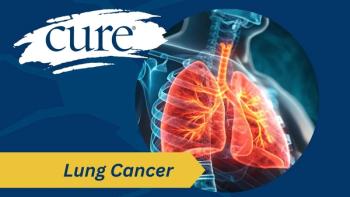
Taking charge of surviving
Kathy LaTour, CURE editor-at-large, is blogging from the 2010 Biennial Cancer Survivorship Research Conference: Recovery and Beyond in Washington, D.C.It's heartening to see the huge crowd gathered around me in the ballroom of the hotel in Washington, D.C., knowing that each person here has come to learn about new findings in the world of cancer survivorship.Julia Rowland, PhD, director of the Office of Cancer Survivorship at the National Cancer Institute (NCI), opened the fifth biennial conference, Cancer Survivorship Research Conference: Recovery and Beyond, yesterday with new statistics on how many of us there are now. I clearly recall how surprised I was two years ago at the last meeting to hear that there were an estimated 12 million of us. Now that figure, Rowland says, is estimated to be more than 13 million.The first day's speakers focused on the growing body of evidence that shows survivors have to pay attention to weight, not just for quality of life, but to live better and longer. Rowland and I talked yesterday about the mounting evidence that has confirmed the connection between obesity and survival, information that was accumulated accidentally as survivorship researchers began exploring exercise as a way to improve quality of life. What these studies showed was not only that exercise was safe and helped with quality of life, but also that those patients who exercised tended to have lower body mass index (BMI) and, in some cases, better survival.Getting a lower BMI results from balancing the number of calories taken in with the energy (read: exercise) expended to burn off the calories (this whole process is called energy balance). The kind of calories, Rowland says, is harder to study, so the biggest focus remains on exercise. It's the same equation we have always known: if you burn more calories than you take in, you will lose weight, thus lowering BMI.For cancer survivors, being told to exercise after a cancer diagnosis is a bit of a paradigm shift from the old idea that they should take it easy. One of the first things most of these exercise studies looked at was safety. Of course, exercise has to be individualized, and each survivor has to look at his or her own limitations, but even those who never considered exercise can begin improving their BMI by adding exercise of any kind. Get up and move – just don't consume more calories when you do. And to succeed in lowering your BMI, there are many programs to help. Ask if your local YMCA has added the LIVESTRONG program. Talk to your cancer center. Ask your doctor where you can find a professional who will help you. Engage all your resources, get friends involved, find a group to exercise with, do self talk. Just keep moving.




